In 1988, when Cindy, my wife then, and I were living in Silver Spring, Maryland, we took the lapstrake canoe I’d built to St. Michaels to paddle the Miles River, an estuarine tributary of Chesapeake Bay. I don’t recall now why we made the 80-mile drive there—we had other places to paddle much closer to home—but the sky was clear, and the water was lightly ruffled; it was a good day to be on the water. I like to go boating with a bit of formal style, so we flew the American flag at the stern of the canoe and my family’s house flag on a short staff at the bow. The design for the flag had been passed down from my third great-grandfather Charles Cunningham and his brother, Andrew. It was the private signal flown from the highest points on their fleet of ships, barks, and brigs carrying goods across the Atlantic. In the days before radio, the signals were the first things to rise above the horizon to let merchants know whose vessel would soon be in the harbor. There may have been something about my family’s house flag and my canoe that resonated with Judge North’s own 19th-century roots. His great-grandfather, who built ISLAND BIRD, was born in 1850, about the time the house flag was first flown by my third great-grandfather, and the lapstrake canoe I built was based on a design published by W. P. Stephens in 1889, in the same decade North’s great-grandfather was building boats.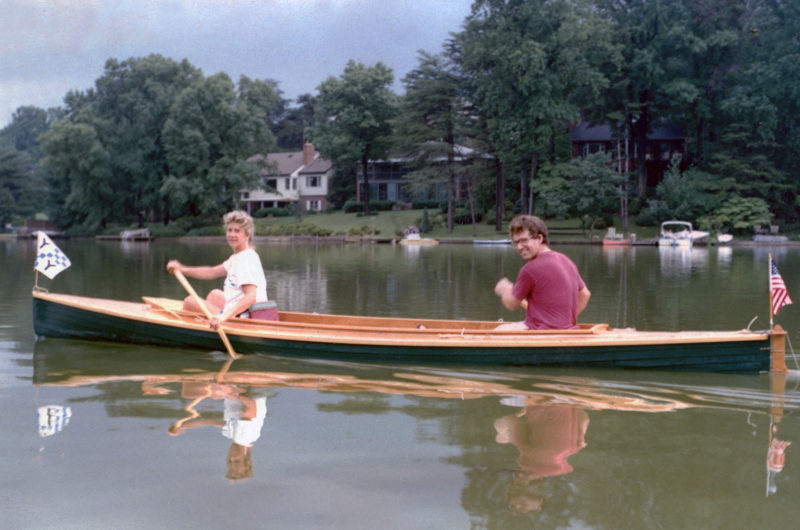 Christopher Cunningham collection
Christopher Cunningham collection
Join The Conversation
We welcome your comments about this article. To include a photo with your remarks, click Choose File below the Comment box.
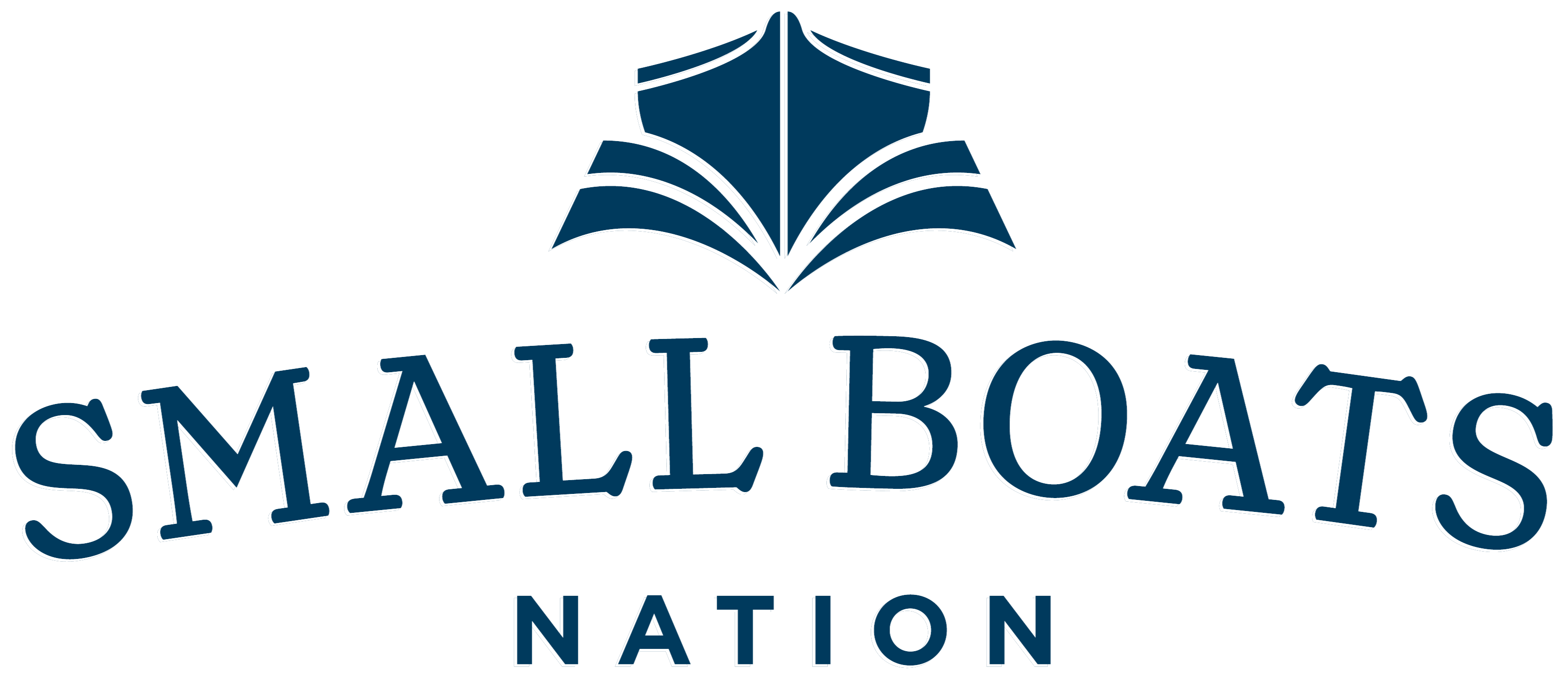

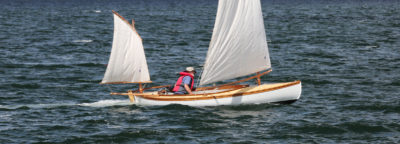

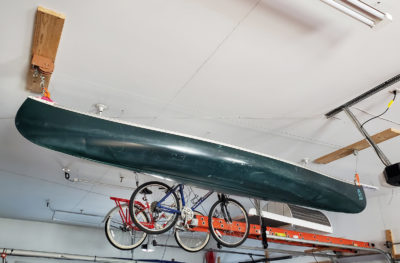

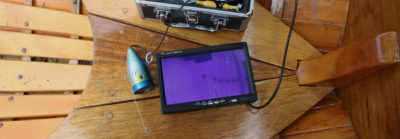
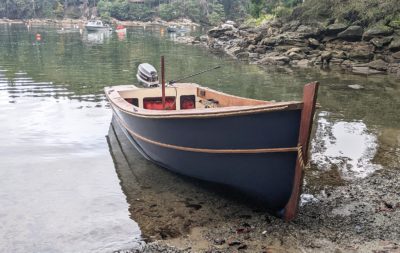
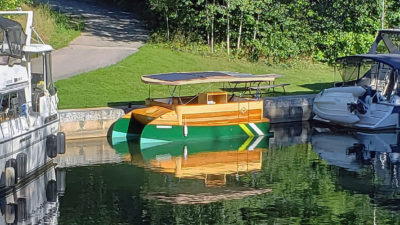


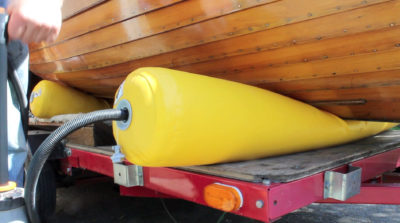
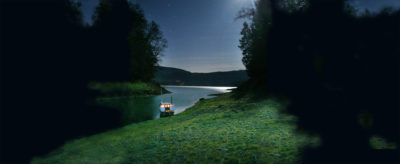
Chris, you never cease to amaze with your exploits. Another great bit.
I sailed on MAGIC, a heavy rival of the Judge, for a couple of years and could provide lots of info about the rig. We pioneered hollow wooden masts and hollow hiking boards and maybe hit the limit on mast length, which is controlled by the fact you can only have one set of spreaders. The mizzen, or as they call it, the main has to be a certain percentage of the main (fore). I graduated from board riding to “main” sheet tending on the outrigger to foresheet tender. We only used a 2×1 and working with the skipper had to time trimming, but we were more interested in how fast you could let the sail out than being able to trim under load. I only capsized MAGIC once.
The bitter end of that 2×1 foresheet was on a ‘biner that was hooked around horn of a cleat abaft the main, so the sheet had to get shifted each tack or jibe. Harken 2″ rachets were just coming on the market (late ’70s) and we used to blow up the ball bearings frequently, sent the blocks back for replacement under warranty. They finally asked what we were doing…now they have big boat blocks.
The real point of log canoes is that the boats are optimized for Force 1, 2, and 3. Takes under 10 to take them to hull speed which is what we get on the Chesapeake in summer. When it blew hard, we left the main on the beach, no jib, and a small fore, still crossing 4 boards, and carrying someone on the outrigger to help keep the boat from submarining.
Jibs, which have to be balanced at the 1/4 point, and the main really dictate where the boat wants to go. I used to trim the main when I was on the outrigger by watching Capt. Nasty (Jimmy Wilson) steering and slack or trim sheet to follow him. Jimmy’s brother ran the local Peterbuilt dealership and equipped us.
The Judge has done a nice book on log canoes.
“….trying to come to grips with the notion that the boat I’m sailing on is over there!” Priceless!!
I enjoyed your article and thought that you might be interested in this picture of Capt. Syd. Covington.

He is my great great grandfather and a distant relative graciously shared this picture with me years ago. Notice ISLAND BLOSSOM in the background.
Laura Bobbin